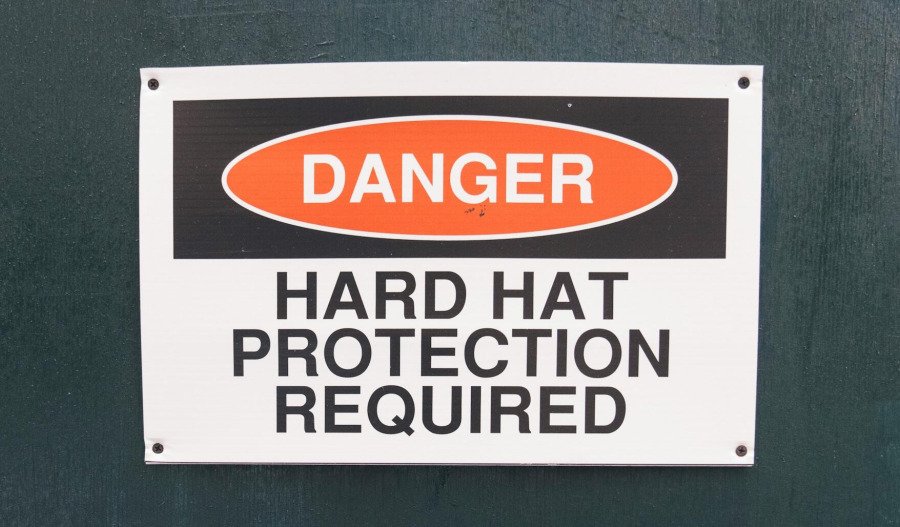Insider trading in anyone’s language is highly illegal, not only here in Australia but within all trading jurisdictions globally. Trouble is, given how difficult it is to police, likely instances of insider trading all too often go through to the keeper.
Here in Australia, if the operator of our trading exchange (the ASX) has reason to suspect insider trading and/or other improper behaviour, it will issue a ‘please explain’ letter (share price queries).
While it’s not uncommon for the ASX to issue these requests – aka speeding fines – it’s rare for these to be escalated to the regulator (ASIC) for ongoing scrutiny and potentially result in punitive measures.
Our continuous disclosure laws - based on the axiom that what listed companies say to one, they say to all – are designed to prevent individuals in-the-know from acting on information that’s not already publicly available.
As well as keeping institutional investors honest, these regulations also stop management with an equity stake in a business from buying or selling shares based on their superior knowledge of their company's activities or sharing that knowledge with third parties.
While insider trading is also a big ‘no’ under the Corporations Act 2001, it must be proven beyond a reasonable doubt to qualify as a criminal offence.
Penalties for insider trading
Although broad in their application, the laws prohibiting insider trading in Australia carry both civil and criminal penalties.
In 2010, the penalties were increased so that for an individual, the maximum imprisonment is up to 10 years and/or a fine of $765,000 or three times the benefit gained (whichever is greater).
However, for the civil offence, insider trading needs to be proven on the balance of probabilities, with penalties for an individual maxing out at $200,000.
In November 2024, ASIC announced that its enforcement priorities for 2025 will include strengthening the investigation and prosecution of insider trading and that it will continue its enduring priority to target misconduct that damages market integrity.
Recent examples of insider trading
Over the past few years, several prominent cases have highlighted ASIC’s ability not only to detect but also its willingness to prosecute for insider trading. Here are a few examples:
Duncan Stewart: Earlier this week, the Melbournian admitted to trading on inside information relating to the $766 million takeover of listed miner Kidman Resources by Wesfarmers in 2019.
ASIC first charged Stewart in 2023 and alleged he received information from his brother-in-law and Kidman Resources boss Martin Donohue about possible takeover bids from Chilean Miner SQM, which didn’t proceed.
Perth-based Cameron Waugh: Made and forfeited $57,256.44 trading in Genesis Minerals (ASX: GMD), resulting in two years’ imprisonment in 2024.
As a corporate adviser, Waugh became aware of a funding proposal that included a multi-million dollar Genesis share placement and a restructure of the Genesis board that would see experienced mining executives, Raleigh Finlayson and Neville Power join the board.
Kurt Schlosser: Made and forfeited $28,883.53 trading in Piedmont Lithium (ASX: PLL) and received two years and six months’ imprisonment in 2023.
In his role as country director of Tesla Australia, Schlosser was informed of a confidential, in-principle agreement to be entered into by Tesla Inc in the United States of America.
The agreement related to the supply of lithium to Tesla Inc by Piedmont Lithium.
Michael Story: (no relation) Made and forfeited $70,179.37 trading in Sigma Healthcare (ASX: SIG), resulting in 14 months’ imprisonment in 2020.
The Court found that Story had sold Sigma shares while he was in possession of inside information regarding the status of negotiations to renew the supply contract between Sigma and Chemist Warehouse.
Gregory Campbell: Made and forfeited $31,996 trading in Pulse Health for which he received 12 months’ imprisonment in 2021.
It’s understood that Campbell, a former executive of the then ASX-listed private hospital operator, bought more than one million shares in the company before a crucial deal was publicly announced.
Not just share trading
However, the largest insider trading case occurred in March 2015 when Christopher Russell Hill, an employee of the Australian Bureau of Statistics (ABS), revealed yet-to-be-published, sensitive ABS data that he’d been privy to as a Commonwealth official.
The friend he shared this information with, Lukas James Kamay, an employee of the National Australia Bank, used this knowledge to trade on the foreign exchange derivatives market over nine months.
Hill repeatedly provided confidential data on employment figures, retail sales, building approvals, capital expenditure and housing finance.
On 10 and 11 December 2014 Kamay and Hill pleaded guilty in relation to their offending before Justice Hollingsworth in the Supreme Court of Victoria at Melbourne.
Kamay pleaded guilty to a total of seven charges, while Hill pleaded guilty to a total of six charges.
Commonwealth Director of Public Prosecutions, Robert Bromwich SC, said “Justice Elizabeth Hollingworth has made it clear that insider trading and other offences that undermine the integrity of the market are serious crimes warranting substantial gaol sentences.”
Both were sentenced, after reaping $7 million from their scheme, following a joint investigation by the AFP and ASIC.
Kamay received seven years and three months imprisonment along with a permanent ban on providing financial services in Australia, while Hill was sentenced to three years and three months.
Please explain and listing rules
Meanwhile, there are times when the flaunting of listing rules goes from the sublime to the ridiculous.
For example, earlier this month, the corporate watchdog issued market operator ASX (ASX: ASX) with demands to formally explain how a ticker error ended up wiping $400 million from the value of TPG Telecom (ASX: TPG).
It seems that TPG was incorrectly linked to a $651 million takeover of automotive aftermarkets software platform group Infomedia (ASX: IFM).
Then there’s the James Hardie (ASX: JHX) incident following the April announcement of its (now complete) merger with Azek and proposed move to a primary listing on the NYSE.
The target of this investor backlash was again the ASX for its apparent penchant for granting waivers to facilitate ‘terrible deals’ at the expense of local shareholders.
Investors argued against ASX for facilitating cross-border scrip-for-scrip deals that dilute Aussie holdings or shift the company’s centre of gravity offshore.
There’s also no shortage of ASX queries when stocks' share prices rally without due cause.
For example, earlier this month, Tyro Payments (ASX: TYR) was pinged by the ASX over a 10% surge in the share price for no apparent reason.
The ASX clearly wants to know what’s going on to eliminate the suggestion of foul play (insider trading).
In this instance, Tyro Payments entered a trading halt and proceeded to explain that there had been earlier speculation that it was the subject of a buyout.
Then there’s the incident back in June when the bourse issued a ‘please explain’ to the cancer drug developer Inoviq (ASX:IIQ).
What the ASX took issue with was the spiky disclosure headlined: ‘New treatment kills 88% of breast and lung cancer cells’, which resulted in shares surging 21%.
The ASX asked how Inoviq justified the use of the term “treatment”, given the disclosure lacked the “usual detail” to justify the claims.
In response, Inoviq furnished the compliance cops with a response that ran to nine pages, including 12 tables and 27 references.
Inoviq said the release made it clear the claims were based on in vitro studies, using cancer cell lines in a laboratory.
“Therefore, the header of the announcement was both fair and balanced in the context used.”
While it’s good to see the ASX doing its job, there still appear to be countless instances when nothing seems to come from ‘please explain’ speeding fines other than a veiled promise not to do it again.



